"You can break into the minor markets (sometimes) with a half-baked, underdone sort of cartoon - but amateurish, mediocre work never, never gets into the Big Time. The woods are full of pseudo-cartoonists, grinding out things that are not much better than the average high-school student's masterpieces, doomed forever to a sub-world of third-rate pictorial humor, and without the ghost of a hope of ever climbing higher."
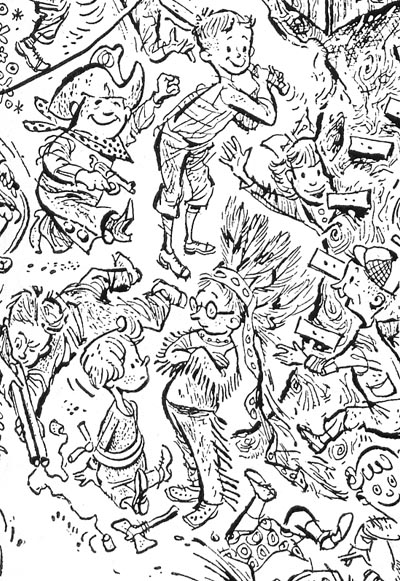
"The would-be cartoonist who really wants to prepare himself for a career in humor art must avoid at all cost the mistake of imagining that success can be built on little more than the urge to draw cartoons."
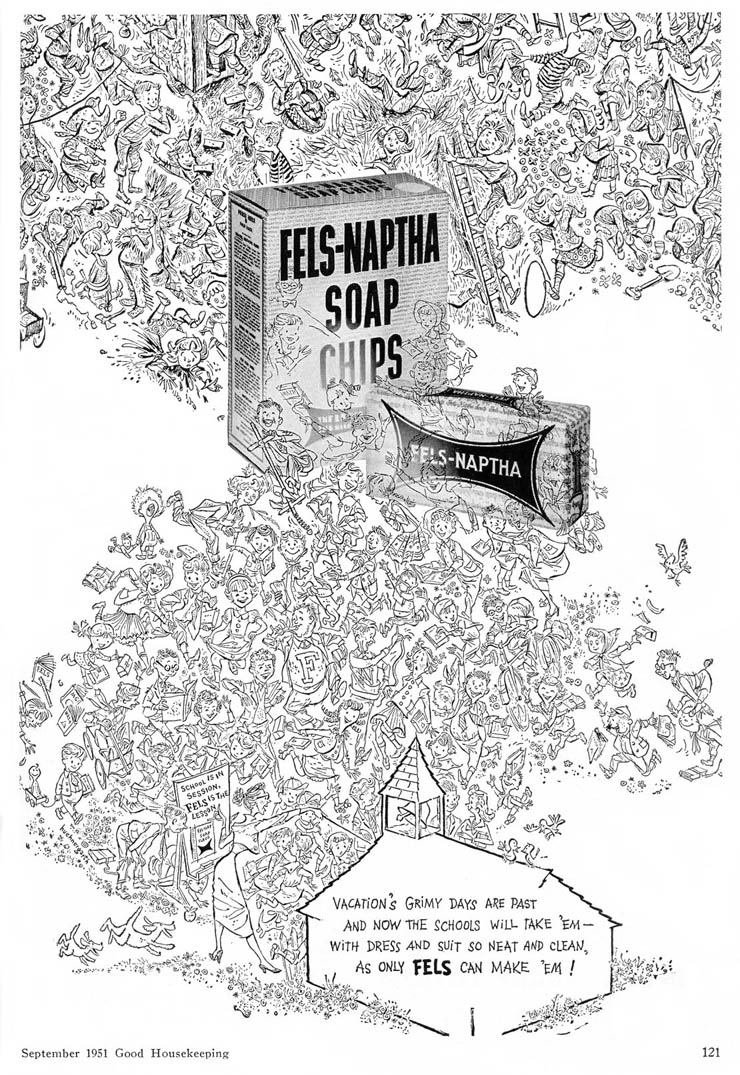
"He must look on the cartoonist's profession as he would on the physichian's or the lawyer's."
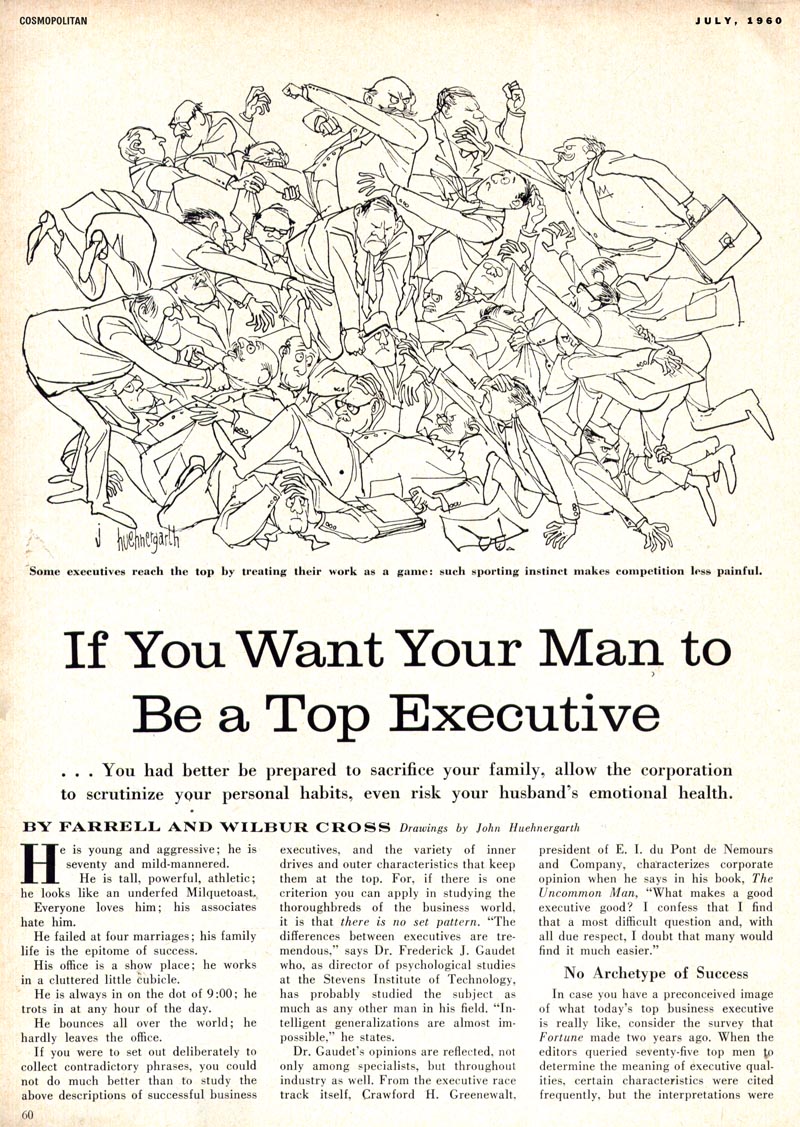
"No one but a fool would expect to learn enough from a "short course of easy lessons" to qualify him to hang out his shingle as a doctor or a lawyer, and any intelligent person knows that it takes several years of intense study and a lot of very hard work to get even a toe-hold in such professions."

"He must also have enormous patience and courage in the face of rejection slips, and be prepared for a long period in which his work develops after the art school days are over."
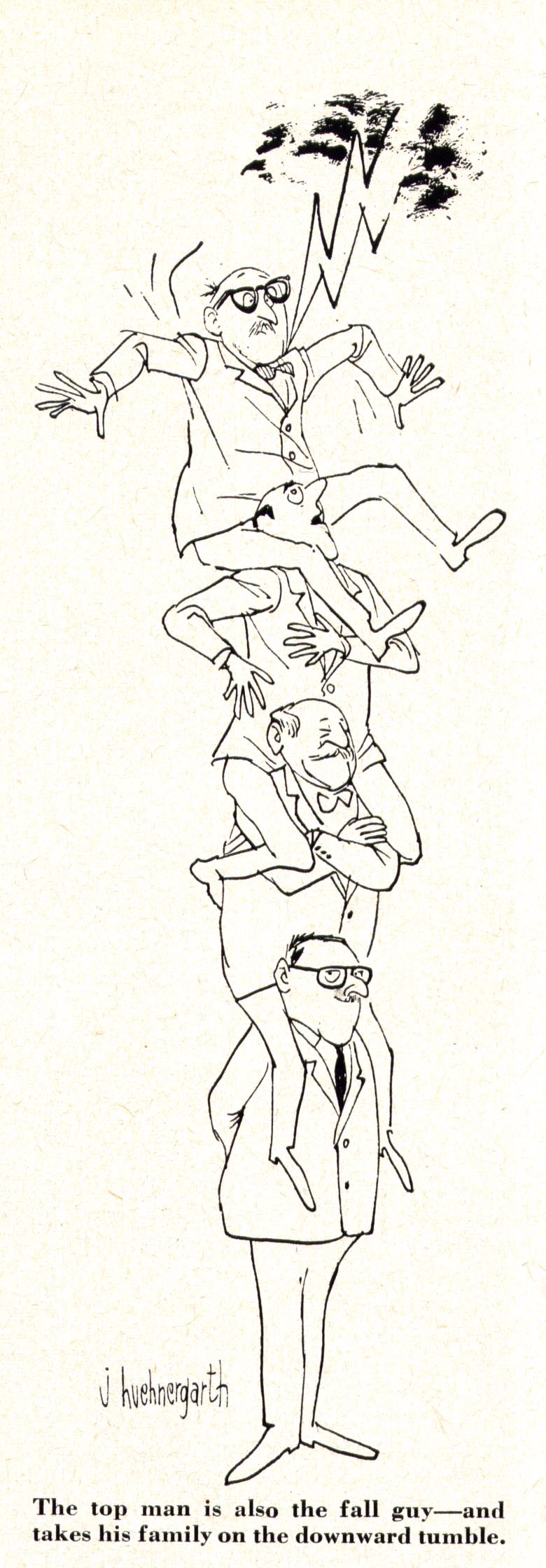
"This may sound frightening but, after all, it's reasonable."

"If humorous art were easy to break into, the country would be crawling with cartoonists as brilliant as George Price and Charles Addams, and any dope could contribute funny pictures to the leading magazines."

"Actually, the pattern of development of a good cartoonist (that is, one properly equipped to earn a decent living from his art) seems to be as follows; an overpowering urge to draw, manifesting itself at an early age;"
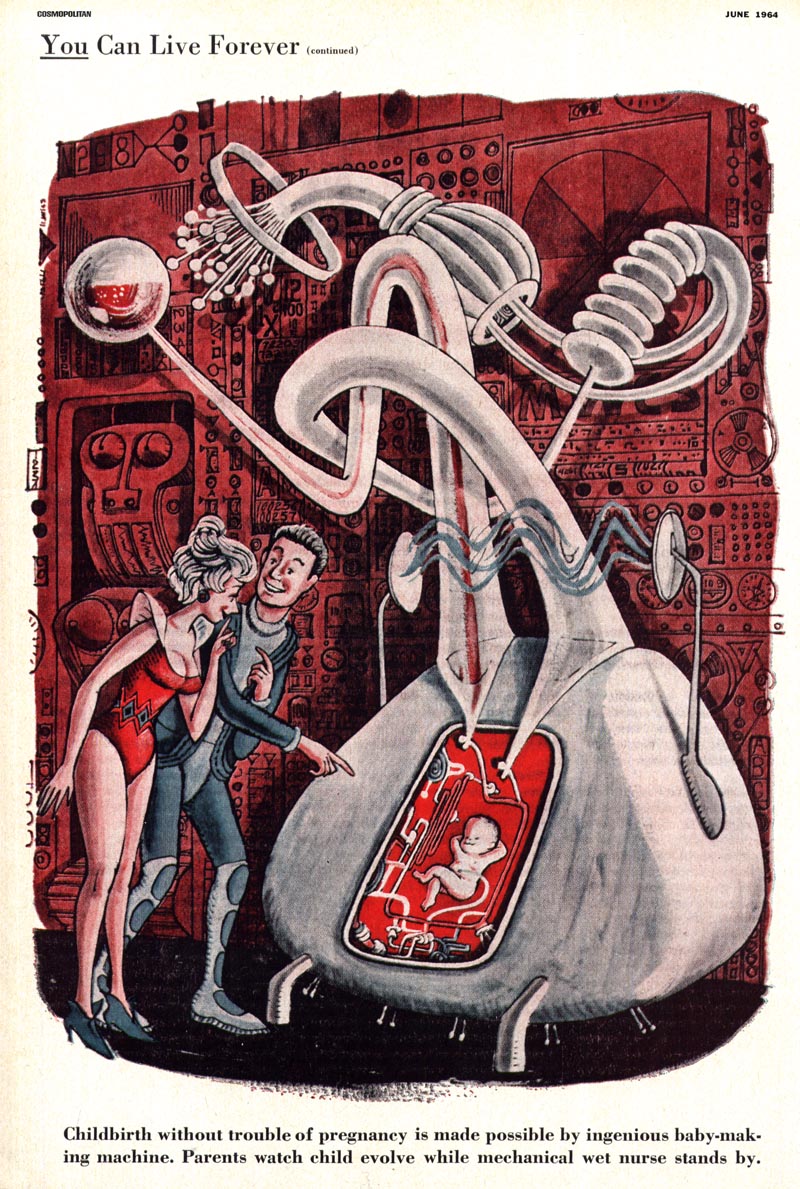
"... about four years of study at a good art school (or the equivalent in self-training); and anywhere from two to four years of of steady, unremitting attempts at the markets."

"Let's say six to eight years for development from rank amateur professional; not unreasonable an expenditure in time for acquiring of a skill which pays off, even for a cartoonist of pedestrian ability in terms of as much earned in a week as many men only manage to make in a month."

"The stakes are high. The reward of sustained, patient work well worth the effort."
* My John Huehnergarth Flickr set
Amazing!
ReplyDeleteThose ink drawings are gorgeous. Especially that first piece! Look at those fluid lines.
ReplyDeleteThat's my father's work. I am Ann Elise Huehnergarth. How did you come to be interested in his artwork?
ReplyDeleteAnnie,
Deletewas your mother the artist and illustrator Martha Huehnegarth?
This comment has been removed by the author.
DeleteI have just found some of John Huehnergarth's illustrations in some old vintage magazines my father used to collect. After all the years of tagging them along i have only now realized the value of the content.
ReplyDeleteNow 2018. In a personal-library downsizing push, I am going through dozens of old issues of "Smithsonian" magazine, most from the 1980s and '90s. Saves: Articles illustrated by Mr. Huehnergarth. It's interesting to see some of his earlier work in this post--thanks! I am also pulling out articles illustrated by a few other great illustrators whom I always like, such as Arnold Roth (plus articles to read or mail).
ReplyDelete